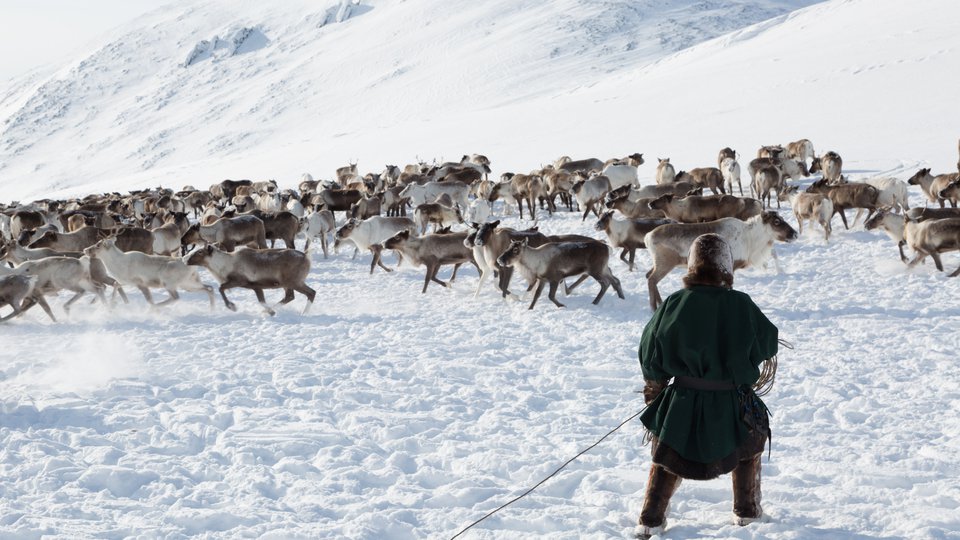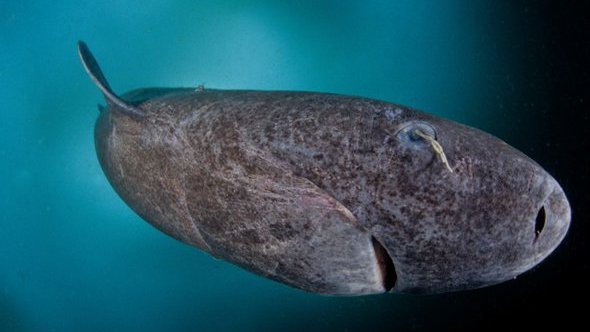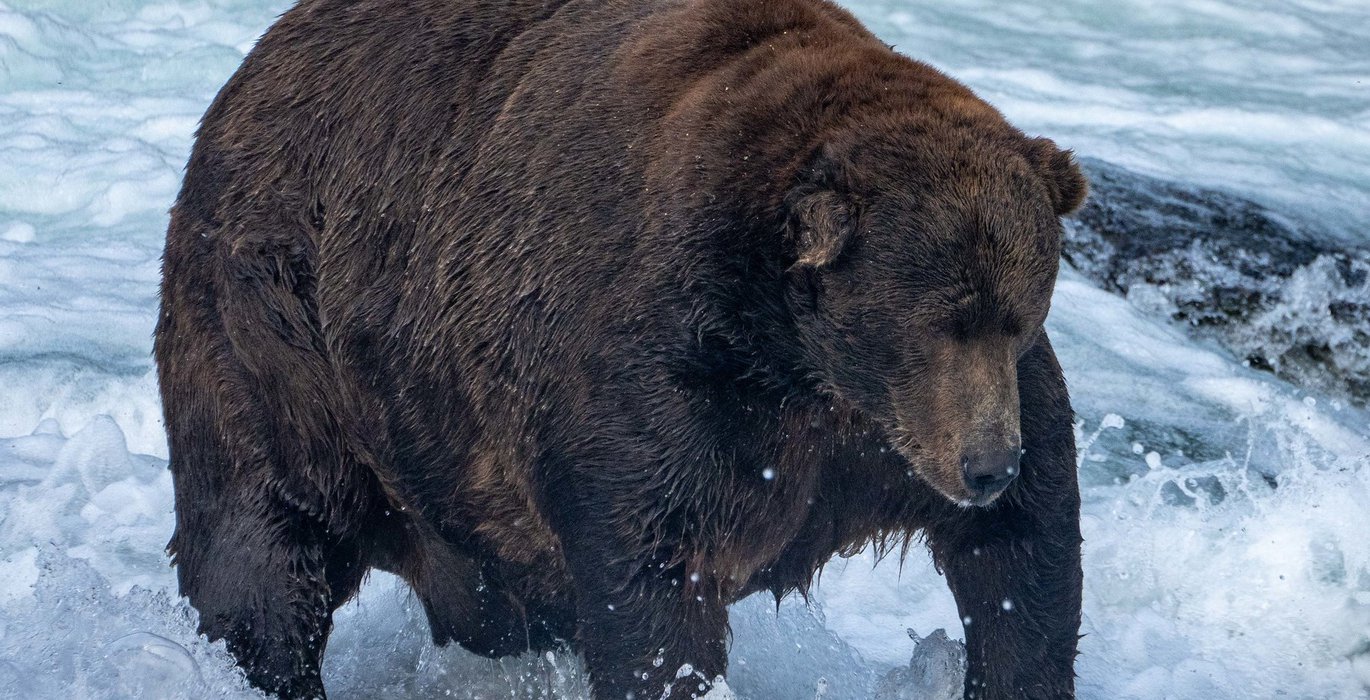
Internet, internet, router high on the wall–who is the chunkiest, chonkiest fat bear of them all?
The highly popular, annual social media event “Fat Bear Week” seeks to answer this burning question amongst some of the fattest fat bears in the world–the brown bears of Katmai National Park and Preserve– using a time-tested, peer-reviewed and highly scientific method: online voting.
For brown bears, big isn’t just beautiful–it’s a matter of survival, with bears packing on the pounds in the summer and fall to prepare for the long months of hibernation. Far from simply “sleeping” through the winter, hibernation is a complex process involving changes to the bear’s insulin levels, metabolic tissues, and gene expression, which allow the bears to burn those hard-won pounds over the winter; bears neither eat nor drink during this period, and can lose up to one-third of their body weight. The fatter a bear is going into hibernation, the more energy they have to work with, and the better condition they’ll be in when they emerge for the spring, setting them up for a successful summer’s bacchanal of foraging, feasting and (ideally) breeding.
Alaska’s Katmai National Park and Preserve boasts a population of unusually hefty brown bears (Ursus arctos): adult boars (a male brown bear) routinely weigh in at 1,000 lbs (455 Kg).This is due, in large part (pun fully intended) to their proximity to the Brooks River, through which one of the world’s richest sockeye salmon runs courses; each summer, the Katmai’s some 2,200 brown bears gorge themselves on salmon, with the best fishing spot usually being at Brooks Falls.
This relationship–and the photogenic nature of extra-chubbly, plus-sized bears–makes them a great way to educate people about conservation and habitat protection in Alaska, both within the park and without, which is where Fat Bear Week comes in, says Candice Rusch, a spokesperson for Fat Bear Week through Explore.org, which partners with Katmai park to help manage the project.
“Fat Bear Week is an important part of educating the public about the importance of Alaskan wildlife,” says Rusch.
“The bears are wonderful mascots for educating the public about the importance of salmon. Fans watch the bears on Bear Cam all summer and connect with the stories of individual bears. Through that connection, we see people who have never set foot in Alaska donating to the Katmai Conservancy and advocating for the protection of wild lands and changing their own behaviors to combat climate change.”
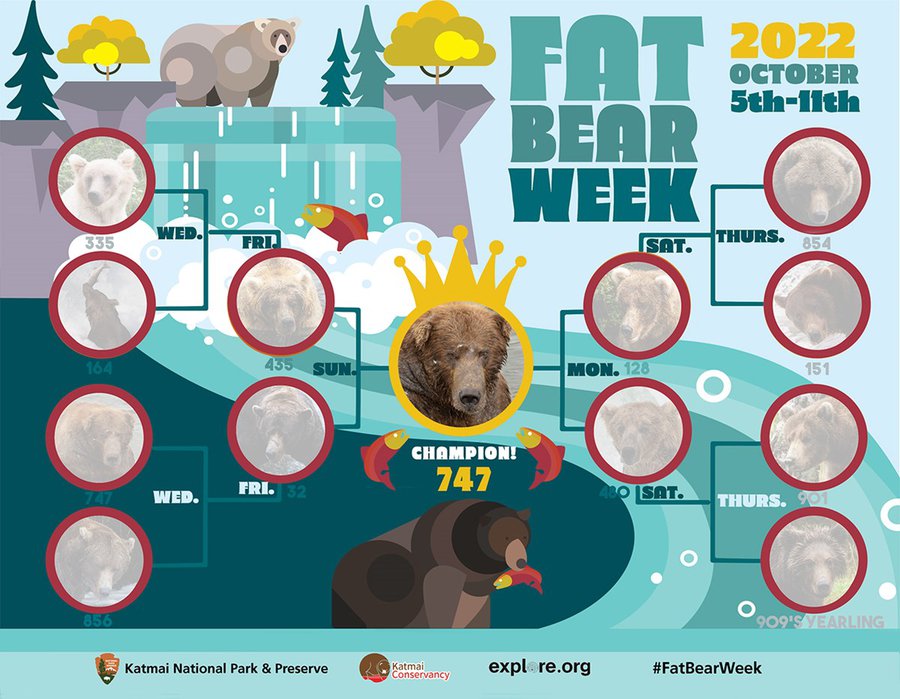
The online event was first launched in 2014 on the park’s Facebook page as “Fat Bear Tuesday,” a fitting play on “Fat Tuesday,” a part of the Mardi Gras celebration in which, like the park’s bears, people eat and drink rich food before the start of Lent, which marks a season of fasting and sacrifice. The event was so popular that the park launched the first full “Fat Bear Week,” as we know now–a single-elimination bracket in which the highest number of public votes wins–in 2015, where it has grown in popularity ever since.
“Like bears stuff their face with fish, our ballot box, too, has been stuffed.”
With an estimated 2,200 brown bears living in Katmai Park, obviously not all bears are up for the coveted “Fat Bear Crown” each year. Fat Bear Week is held in the first week of October, when the bears are likely to be at their maximum weights, and park rangers pick 12 bears, based on their life histories and whether or not the rangers have enough early and late summer photographs to illustrate the dramatic seasonal changes body mass the bears undergo over the course their summer gorging.
As weighing wild bears is both “invasive” for the animals and “time consuming” for the rangers, weights are estimated, not exact, says Rusch, although lidar scans have been used in the past.
As brown bears can live to be 30 years old–and as the fattest bears are the most successful, and therefore the most likely to survive into the coming season–there have been repeat contenders and winners, with clear fan favourites developing over time; there’s even a Katmai bear cam wiki on Fandom.com, which follows, in the detail, the lives of many of the bears in the completion.
A bear known as 480 Otis–a charming male currently around 20 years old, with a patch of blonde hair in the shape of a ‘7’ and a floppy right ear–won the inaugural “Fat Bear Tuesday” in 2014. He currently holds the most Fat Bear “crowns,” winning again in 2016, 2017 and 2021, for a total of four. His rival, 408 Beadnose–a female brown bear is called a sow–took the title in 2015 in the first full Fat Bear Week, with the two trading the title around until 2019, when 435 Holly (this reporter’s personal favourite) took the title in 2019.
Holly and Otis were both candidates for this year’s crown. Beadnose was last observed in 2018.
This year’s Fat Bear winner, 747 (which some have taken to calling, affectionately, “Bear Force One”), is a returning champion from 2020–but his sophomore crown didn’t come without controversy. Part way through this year’s competition, it became apparent that someone was stuffing the ballot box in Holly’s favour during the semi-finals.
“Like bears stuff their face with fish, our ballot box, too, has been stuffed,” Katmai National Park tweeted at the time of the “scandal.”
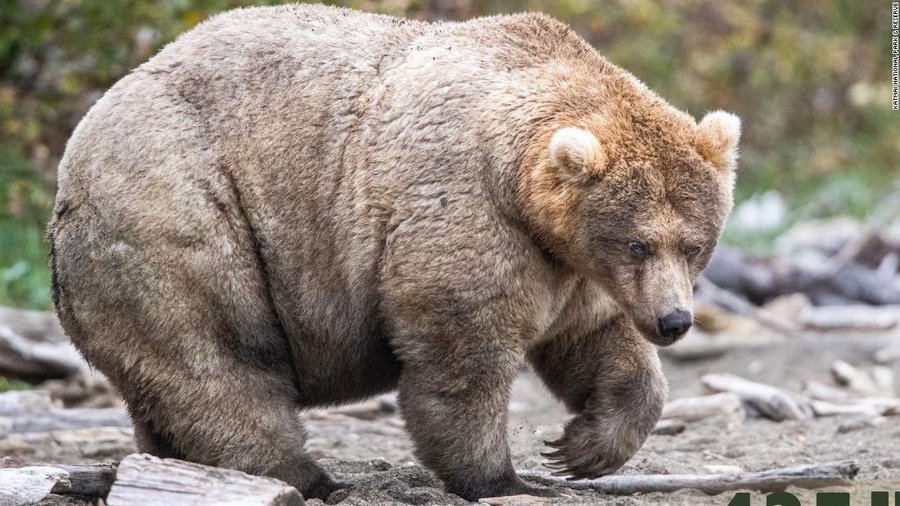
“We first became suspicious about the spam voting when 435 Holly came back from being down 6,000 votes in a matter of a couple hours,” Rusch said, noting that while such a comeback isn’t impossible, it’s still unlikely.
“We ended up finding just over 9,000 spam votes. It appears as if the spamming stopped when 435 took a decent lead,” she says. “There were some spam votes for 747 as well–maybe to throw us off?”
Rusch says they added a captcha to the poll, which “worked to prevent future spamming.” Why anyone would want to rig Fat Bear Week is unclear.
Despite this dirty business, Rusch says the most important thing to remember about Fat Bear Week is that all the bears are “winners.”
“Bears get fat to survive and the health of Katmai’s ecosystem, as demonstrated by the sustained run of salmon, clean water and thriving flora and fauna, enables their survival. Bears don't actually get anything from competing in or winning Fat Bear Week,” says Rusch. “It’s a way to raise awareness about brown bears: survival, competition, hunger, reproduction, conflict, skill, adaptation, learning, consequences, and the importance of protecting a healthy ecosystem for wildlife and for humans.”
“We hope that the awareness that Fat Bear Week brings will grow into caring, and action in whatever way makes the most sense for each individual.”
You can find more information about Fat Bear Week – and a complete list of previous winners–at https://explore.org/fat-bear-week.
A Big Name to Bear
The famously chonky brown bears of Katmai National Park and Preserve and the mighty, hulking grizzlies found in other inland-northern regions, such as Yukon and northern British Columbia, are technically the same species–but while all grizzlies are brown bears (Ursus arctos), not all brown bears are grizzly bears. Grizzly bears (Ursus arctos horribilis) are considered to be a subspecies of brown bears, although the distinction can be somewhat arbitrary; grizzlies tend to live inland, without access to rich marine resources such as salmon, and tend to be smaller than coastal-dwelling brown bears.
Both brown bear bears and grizzlies can be distinguished from black bears (Ursus americanus), by their distinctive “dish”-shaped face, round, short ears, and their powerful shoulder muscles, which form characteristic hump that rises higher than their hind quarters.

